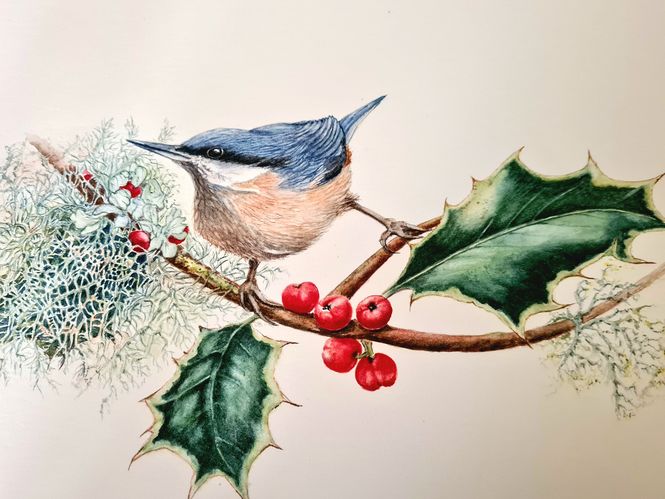My Scottish Wild Garden: Mid-Winter
by Linda Latham
Estimated reading time 10 mins
Shorter days and long nights
The coldest mid-December in Scotland for ten years gripped the land leaving the grim death of twisted vegetation standing erect and frozen in time. Around the wild landscape here, minus 12 degrees Celsius froze the lakes and almost all the burn leaving the Moor hens no choice but to venture out of their comfort zone into the garden area for a share of the bird food.
Frosty webs and freezing fingers
Lacey patterns on greenhouse windows
Icicles cling where the burn once ran
Life holding on, finding food where it can
Mid-December in my wild, white garden. A leafless stark stillness grips the landscape with trees like statues standing motionless in the freezing mist.
Most of my time outdoors has been limited due to the biting cold. Gardening gloves stiff like cardboard offer no protection. I am in awe of the resilience of the wild birds still living around my wild garden.
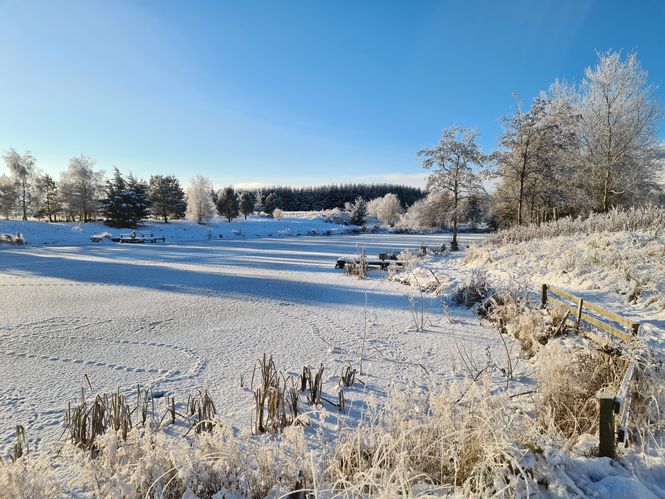
Feathers must be one of the wonders of evolution, providing these tiny bodies the blanket they need to survive. Coming close to the Winter Solstice they endure up to 17 hours of darkness per day, leaving barely seven hours to find the calories and energy to sustain them through this difficult time. Which is why I make sure there is a plentiful supply of a variety of seeds, pellets, fat balls and fruit. Water, of course, they need to drink and bathe. Several times during the day I will top up their bird baths with steaming water, just to see it freeze within an hour.
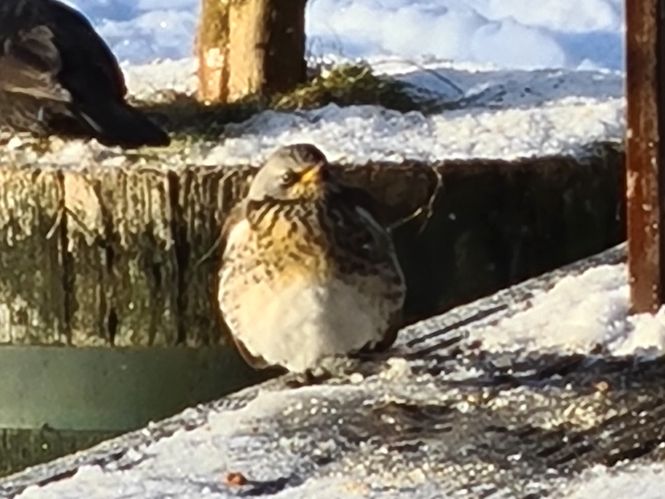
This winter I have been visited by a single fieldfare who enjoys the sliced apples. This bird should be further south but maybe was passing by on its journey and saw this haven below, full of goodies, and couldn’t resist. He has been here several days now.
The greenfinches, goldfinches, siskins, wagtails and long-tailed tits are also staying alongside the usual residents. I must start charging for food and board!
I am delighted to provide for their needs at the gardener’s café and I am sure they are grateful. What I observed was the remarkable amount of bird food consumed during those minus temperatures. As if they knew the only way to survive was to eat as much as they could as quickly as they could to maintain body heat.
As I write the temperature has risen by over 20 degrees in one single day, from 12 below zero to 11 degrees Celsius, and normal bird feeding behaviour has returned. The visiting fieldfare seems to have filled his boots and has flown off, probably to find his friends somewhere further south. I think I helped him survive!
I glimpsed a weasel skirting the river bank, looking for mice and voles, but the dabchicks, new to this wild area, have left for some unfrozen water further south I think. The dippers I saw two weeks ago can no longer feed by the waters edge and must be elsewhere for a while.
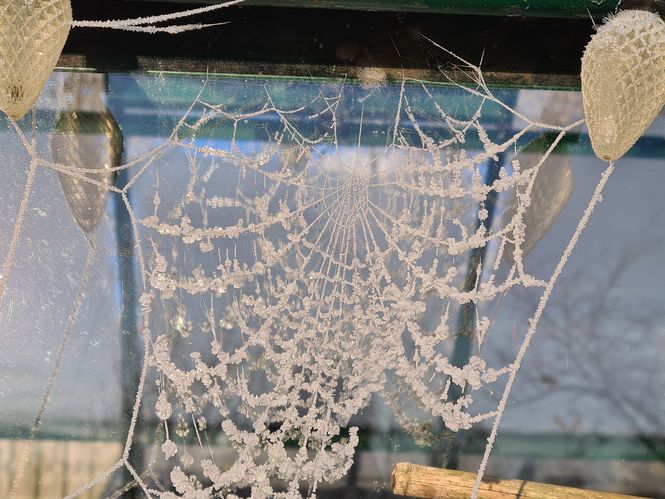
Winter Solstice
I track the rising sun’s origin on the horizon almost daily with increasing anticipation and joy. Even though our knowledge tells us it is not the centre of the Universe, in some ways it is, when all life on Earth depends on its life-giving energy.
You know when the letter to Santa goes…bags of compost, seeds, bird feeders, and/or gardening boots, that you are a hopeless gardener! And those special occasion treats are a plant nursery voucher or a visit to a garden centre and café!
This is my most optimistic time in the gardening year. So much to look forward to and plans to put into action. Still dictated by the weather however, there are only so many tools that you can sharpen or hinges to oil etc. The odd grey squirrel catastrophe around the bird feeders needs to be repaired and the mass attack of rooks and jackdaws determined to stuff themselves silly with sunflower seeds is now tolerated, simply because I have no choice.
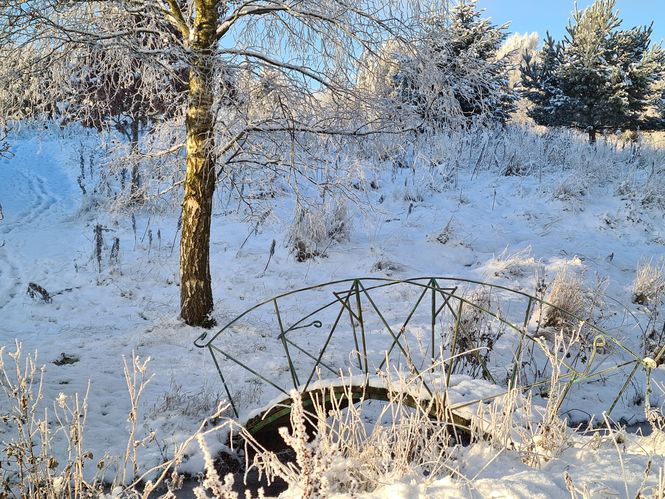
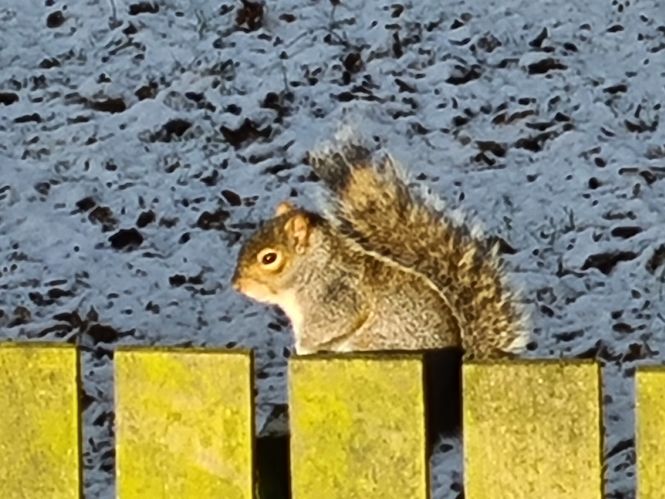
Glorious Mud
I am taking advantage of a very large patch of tilled earth excavated from the lochan that will be the destination for mixed annual and perennial wildflower seeds in March. We needed to dredge some of the silt out of the lochan last month, tonnes of it, and once it has all settled down and drained it will be perfect for wildflowers. Cannot wait! My preferences are: cowslip, foxglove, corn poppy, musk mallow, yellow rattle, knapweed, wild clary, cornflower, oxeye daisy, catchfly, ragged robin and fritillary. We already have buttercup varieties, clover, daisies, selfheal, and dozens of meadow grasses.
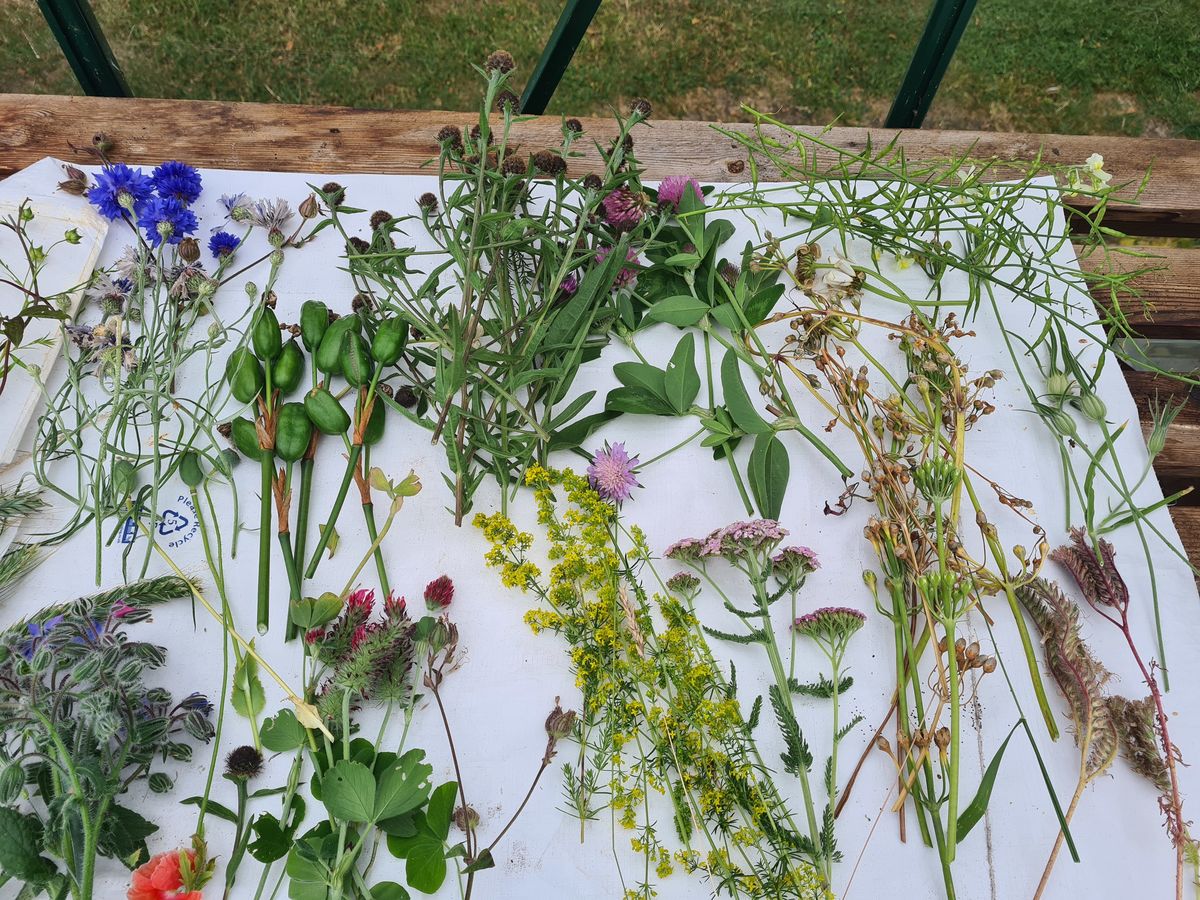
This is an opportunity I don’t want to miss. Because it is a large area of bare low nutrient spoil it should be perfect for establishing wildflower seeds and grasses where there will be less competition from established grasses. Fascinating too, is to see the network of low spiders’ webs within a few days, zig zagging across the surface, clinging on to almost nothing on the bare ground.
This area, along with the wider wild regions of the landscape are usually left relatively untouched to allow natural regeneration of wilderness permaculture. Saplings and fallen trees are left to regenerate. Rotting wood and tree stumps remain undisturbed by humans but provide habitats for bugs, beetles, larvae, fungi, and burrowing creatures of all kinds. But worry not, those wider wild regions, roughly four acres, bordered by ancient woodland are untouched, apart from my boots walking along the path.
The edges of the lochan are now deeper and will be up to three feet, instead of six inches. Weeks ago I spotted a kingfisher darting alongside the burn and lake and ducking under a culvert where I suspect it has a home. Such a sparkling sight in the low morning light.
I had red campion, cornflowers and oxeye daisies that flowered in sheltered spots, up to early December. Early leaves of foxgloves promise an explosion of colour in July. They are planted near to the honey beehives and having sampled the honey, it is delicious. Not my beehives, but guess the nectar they feed on in summer would be from the wild garden areas! The bees enjoy the early pussy willow flowers in late February and then the yellow flowering broom, gorse, heavily scented hawthorn blossom, rowan, forest flame and guelder rose, as early spring arrivals.
Next time…
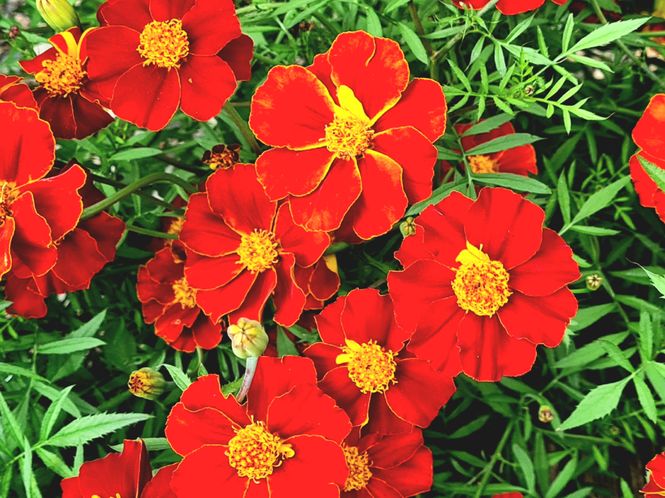
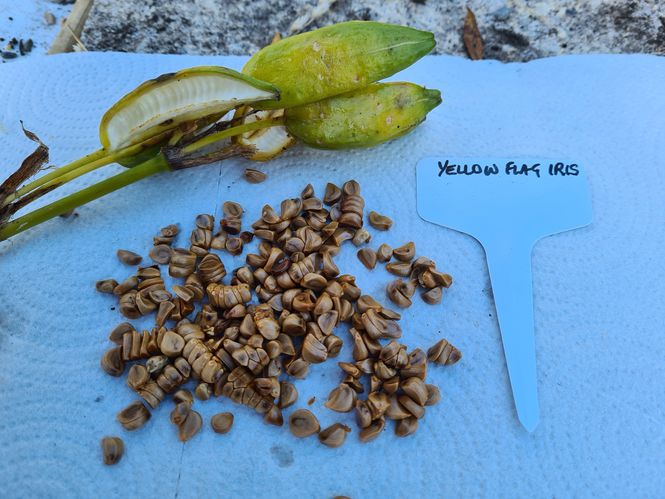
As I enthusiastically pick out my wildflower selection and nurture the cornflower plugs in the greenhouse to try and see them through the winter, I will search out the leftover seeds from this years fantastic crop of bee-friendly, ever-flowering, bright and cheerful French marigolds, who thrived in the garden and were easy to grow.
Happy New Year
About the author
Linda Latham
I am 70 years old, was 51 when I started this journey into the wild garden. On the whole I manage the 12 acres myself, with my partner driving tractors or other machinery now and again. It is a joy. Am I retired? Retired from paid work, yes. When time allows, I am a wild life and botanical artist.
All photographs © Linda Latham
Did you enjoy reading it? Check out Linda’s other blog about early winter in a wildlife garden.
